Art History
5.0(1)
5.0(1)
New
Card Sorting
1/57
Earn XP
Description and Tags
Study Analytics
Name | Mastery | Learn | Test | Matching | Spaced |
|---|
No study sessions yet.
58 Terms
1
New cards
Rococo
* 18th century (end of Baroque period)
* Decorative and ornamental, gaudy and elaborate styles (stucco), very playful
* Geared towards the rich
* Decorative and ornamental, gaudy and elaborate styles (stucco), very playful
* Geared towards the rich
2
New cards
Neoclassical
* Around 1740-1900
* “Putting morals back into painting”, serious topics
* Characterized by clarity of form, sober colours, shallow space, strong horizontals and verticals that render a subject matter timeless
* “Putting morals back into painting”, serious topics
* Characterized by clarity of form, sober colours, shallow space, strong horizontals and verticals that render a subject matter timeless
3
New cards
Romanticism
* Late 1700s
* “Common human’s story”
* Characterized by: awe of nature, interest in common emotions/feelings/moods/events, telling stories and events of human experiences
* Moving away from painting grand scenes involving religious archetypes/figures, focusing on individualized perspectives and thoughts
* __**Common painting themes:**__ still life, portrait, landscape, emotion, genre/history
* “Common human’s story”
* Characterized by: awe of nature, interest in common emotions/feelings/moods/events, telling stories and events of human experiences
* Moving away from painting grand scenes involving religious archetypes/figures, focusing on individualized perspectives and thoughts
* __**Common painting themes:**__ still life, portrait, landscape, emotion, genre/history
4
New cards
Realism
* 1840s-1890s
* Rural landscapes, working class life, people, cafés, city streets and frankness about the human body can be found in the art of this time period
* Transitions from rural to city and factory life is evident in art in this time period
* Transportation becomes more prominent and people seek life experiences out of the traditional rural setting
* Rejects imaginative idealization in favour of a close observation of outward appearances and some social issues (child labour, 12-18 hours a day)
* People didn’t have access to photography (cameras) before this, so this era was essentially the equivalent to photos of society
* Rural landscapes, working class life, people, cafés, city streets and frankness about the human body can be found in the art of this time period
* Transitions from rural to city and factory life is evident in art in this time period
* Transportation becomes more prominent and people seek life experiences out of the traditional rural setting
* Rejects imaginative idealization in favour of a close observation of outward appearances and some social issues (child labour, 12-18 hours a day)
* People didn’t have access to photography (cameras) before this, so this era was essentially the equivalent to photos of society
5
New cards
Impressionism
* 1867-1886
* Small, thin, visible brush strokes, open composition, emphasis on light, time of day, passage of time, movement of people
* “En plein air”: outside, completed all in one shot
* __**Notable artists:**__ Degas, Renoir, Monet, Seurat, Cassatt
* Small, thin, visible brush strokes, open composition, emphasis on light, time of day, passage of time, movement of people
* “En plein air”: outside, completed all in one shot
* __**Notable artists:**__ Degas, Renoir, Monet, Seurat, Cassatt
6
New cards
18th century (1723-1759)
Rococo time period
7
New cards
1740-1900
Neo-Classicism time period
8
New cards
Late 1700s
Romanticism time period
9
New cards
1840s-1890s
Realism time period
10
New cards
1867-1886
Impressionism time period
11
New cards
1890s-1900s
Post-impressionism time period
12
New cards
1905-ish, short-lived
Fauvism time period
13
New cards
Bossi, The White Room
* 1744/45
* Stucco
* Only a few details are highlighted with colour, most is white against a gray background; embellishments of gold
* Lots of fantasy elements: dragons, cupids, also depicts warriors and fighters
* Stucco
* Only a few details are highlighted with colour, most is white against a gray background; embellishments of gold
* Lots of fantasy elements: dragons, cupids, also depicts warriors and fighters
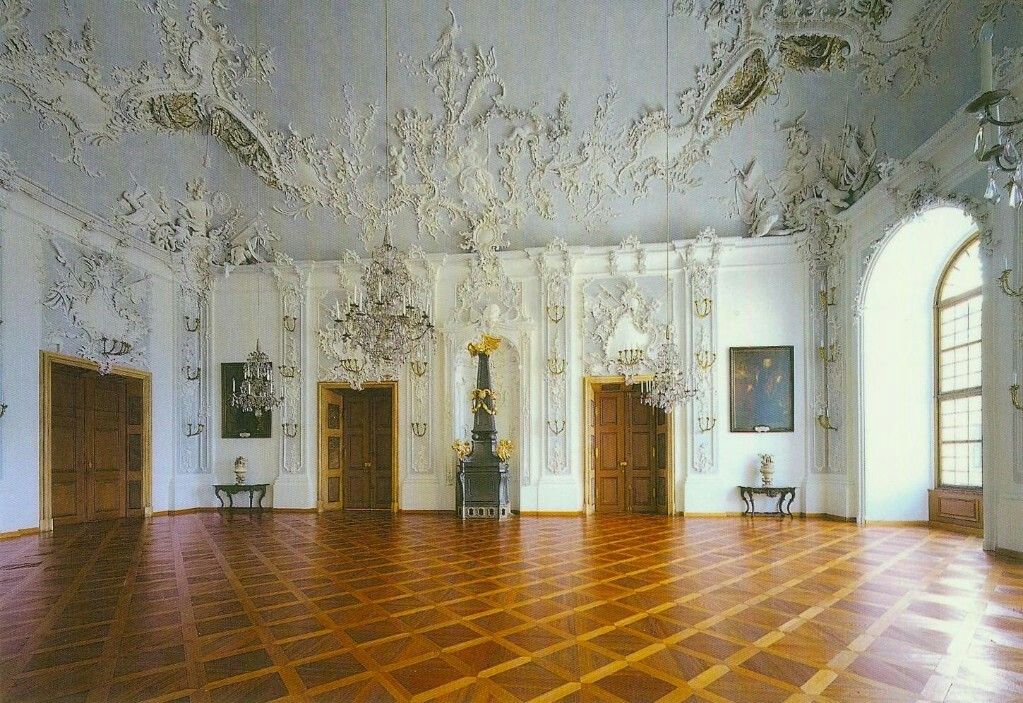
14
New cards
Rococo and Impressionism
These two eras focused on the social aspects of life/society at the time
15
New cards
Post-Impressionism
* 1890s-1900s
* Art gets very distinctive based on the artist → more based on the artist’s vision rather than method
* Characterized by a __subjective approach__ to painting, opting to evoke emotion rather than realism in their work (especially as cameras had been made more accessible to the general public)
* Distortion of effect, rejected limitations, continued using vivid colours, thick paint, real life subjects
* Art gets very distinctive based on the artist → more based on the artist’s vision rather than method
* Characterized by a __subjective approach__ to painting, opting to evoke emotion rather than realism in their work (especially as cameras had been made more accessible to the general public)
* Distortion of effect, rejected limitations, continued using vivid colours, thick paint, real life subjects
16
New cards
Fauvism
* 1905-ish (very short-lived)
* Way of painting that is very expressive
* Strong colours → non-realistic colour schemes to depict real life, contrast of colours is accentuated → underpaintings are complementary to colours and brushwork
* Fierce brushwork → laying colour side by side with short, staccato brushstrokes (this era came out of Impressionism, the brushwork shows its impact on Fauvism)
* Not worried about blending or mimicking what they’re actually seeing
* __Leading artist was Henri Matisse__
* Way of painting that is very expressive
* Strong colours → non-realistic colour schemes to depict real life, contrast of colours is accentuated → underpaintings are complementary to colours and brushwork
* Fierce brushwork → laying colour side by side with short, staccato brushstrokes (this era came out of Impressionism, the brushwork shows its impact on Fauvism)
* Not worried about blending or mimicking what they’re actually seeing
* __Leading artist was Henri Matisse__
17
New cards
Cubism
* 1907-ish
* Perspective with a __single viewpoint__ was abandoned and use was made of simple geometric shapes, __interlocking__ planes, and later, collage
* Should know how to do things by the rules in order to break them → people said that artists during this era didn’t learn traditional techniques, so they turned to this style, however, many were classically trained and decided to break the boundaries instead of staying confined within them
* One subject from many different viewpoints, all at once
* Evoke emotional impact
* Perspective with a __single viewpoint__ was abandoned and use was made of simple geometric shapes, __interlocking__ planes, and later, collage
* Should know how to do things by the rules in order to break them → people said that artists during this era didn’t learn traditional techniques, so they turned to this style, however, many were classically trained and decided to break the boundaries instead of staying confined within them
* One subject from many different viewpoints, all at once
* Evoke emotional impact
18
New cards
Pop Art
* 1950s (post-war)
* Art based on modern culture and the mass media, especially as a critical or ironic comment on traditional fine art values
* Especially after war, this era was very vibrant, bright, very happy and refreshing, people were drawn to it after such a violent and turbulent time
* A lot of comments about misogyny
* Art based on modern culture and the mass media, especially as a critical or ironic comment on traditional fine art values
* Especially after war, this era was very vibrant, bright, very happy and refreshing, people were drawn to it after such a violent and turbulent time
* A lot of comments about misogyny
19
New cards
Andy Warhol
* Raised by a single mom
* Made art in New York, lived in a warehouse → grew a community of artists who would rent out space in his warehouse
* Had an obsession with anything popular at the time
* Died in 1962
* Made art in New York, lived in a warehouse → grew a community of artists who would rent out space in his warehouse
* Had an obsession with anything popular at the time
* Died in 1962
20
New cards
Stucco
* Mixture of plaster, water, and chalk, used in ornament and decoration
* Splashed across the walls, used in churches as well
* Began to be used in the Baroque Period - 30 years later, the Rococo period used it in more and more decorative and elaborate ways
* Splashed across the walls, used in churches as well
* Began to be used in the Baroque Period - 30 years later, the Rococo period used it in more and more decorative and elaborate ways
21
New cards
Antonio Bossi
* Most famous stucco room was created by him (The White Room), he went mad after his work
* His style was lacking in distinct forms and shapes, but played with light (soft, pastel) and involved many fantasy elements (dragons, for example); he just had fun with it and felt the joy and energy
* Fluid shapes; loose and casual
* His style was lacking in distinct forms and shapes, but played with light (soft, pastel) and involved many fantasy elements (dragons, for example); he just had fun with it and felt the joy and energy
* Fluid shapes; loose and casual
22
New cards
Watteau, Pilgrimage to Cythera
* 1717
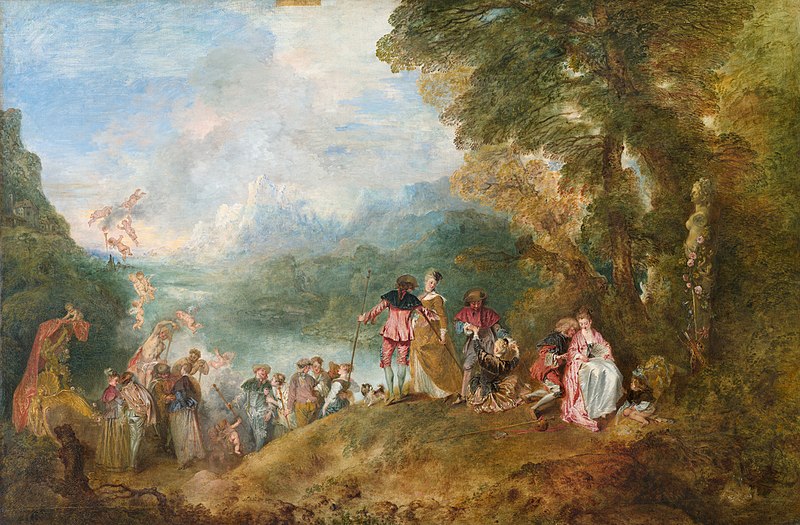
23
New cards
Fragonard, The Swing
* 1767/68
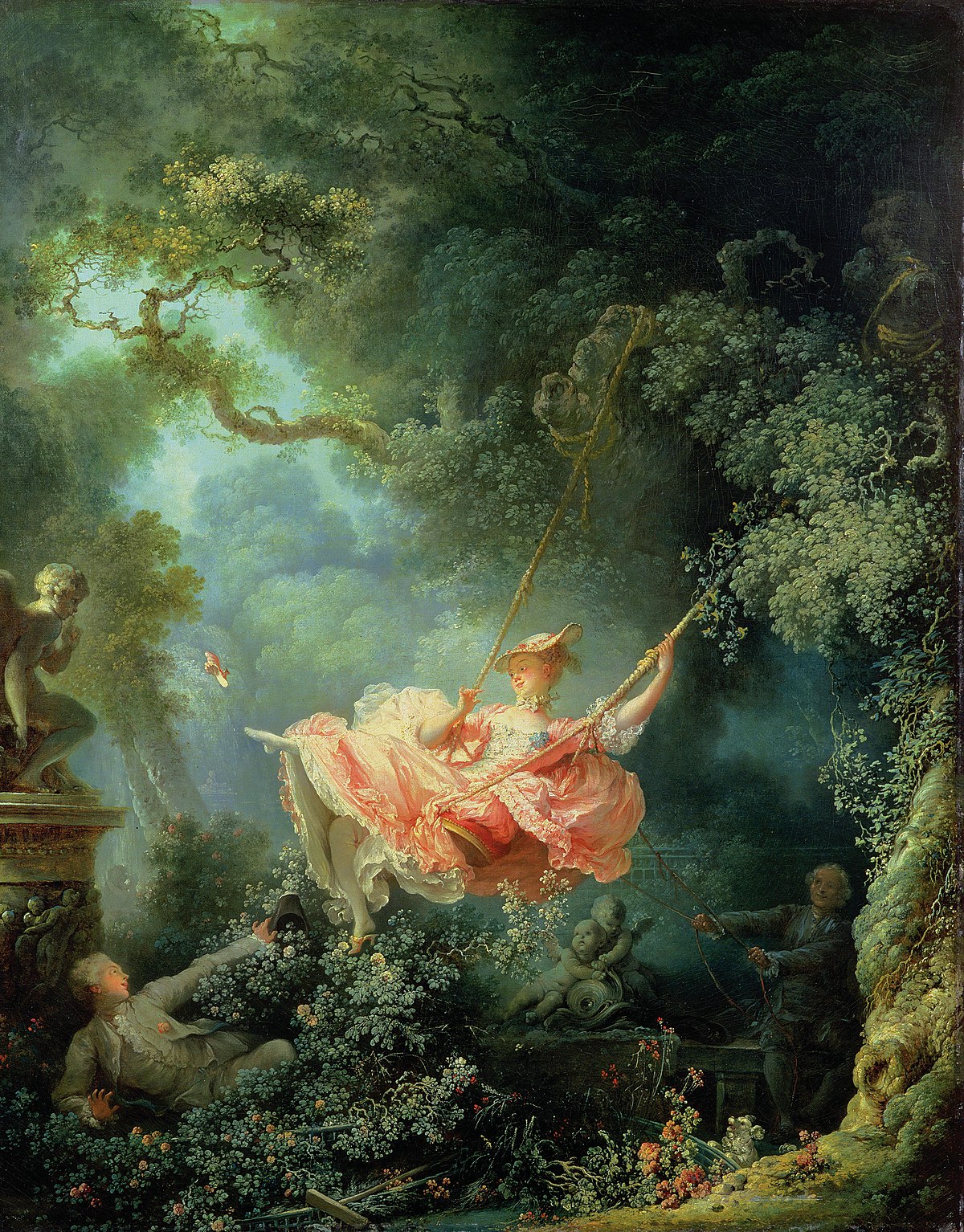
24
New cards
David, Oath of the Horatii
* 1784
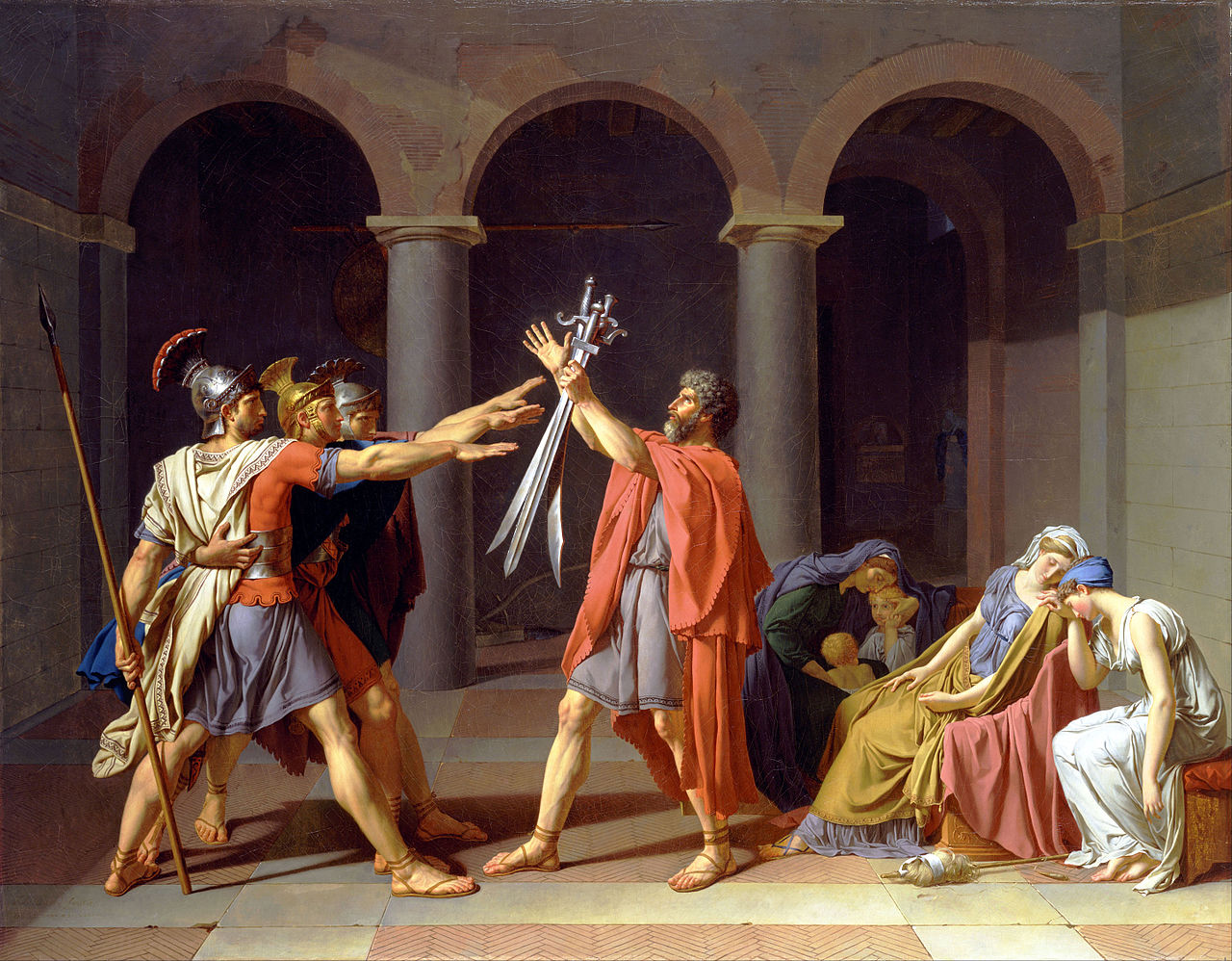
25
New cards
David, Death of Socrates
* 1787
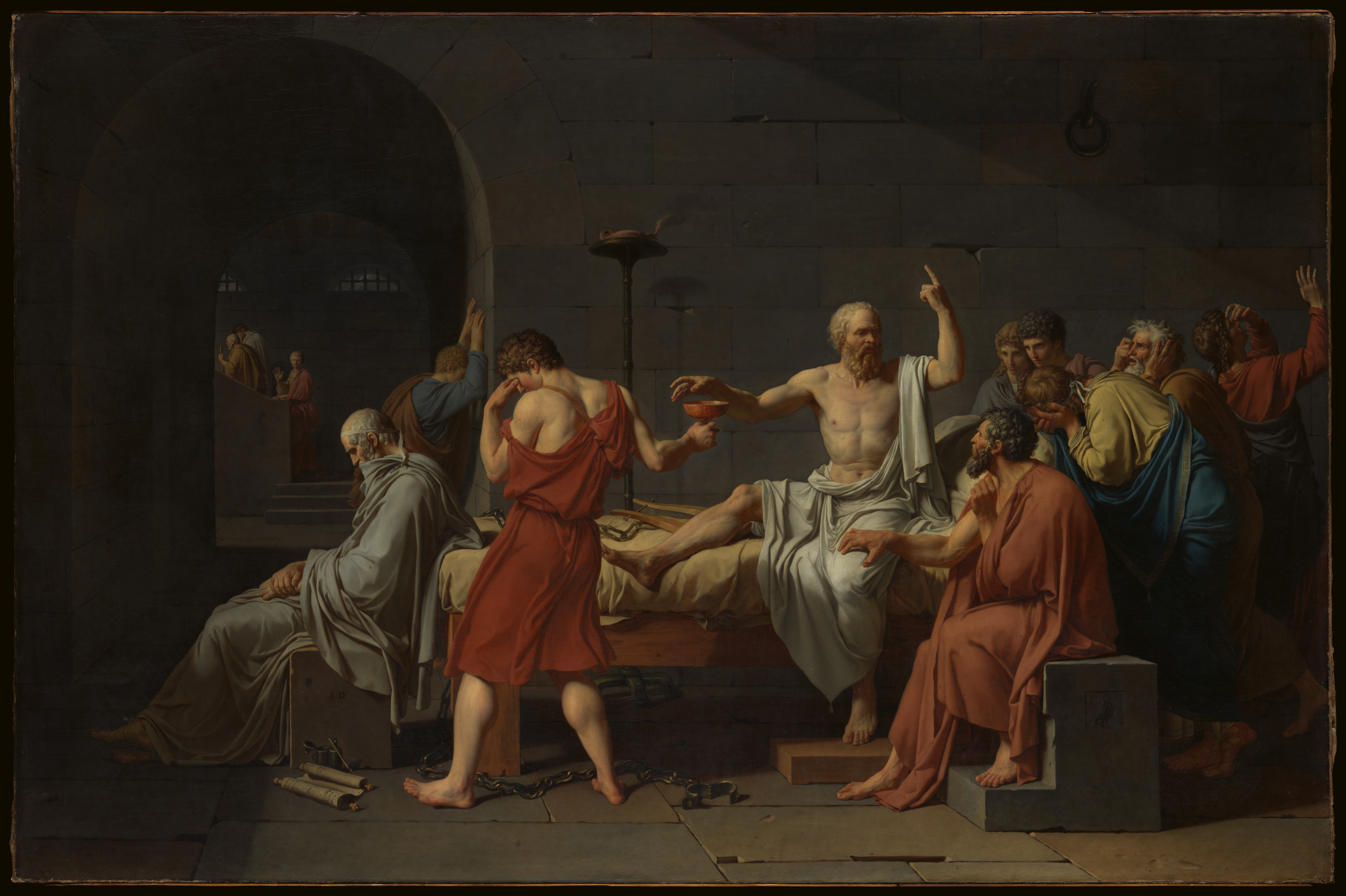
26
New cards
David, Death of Marat
* 1793
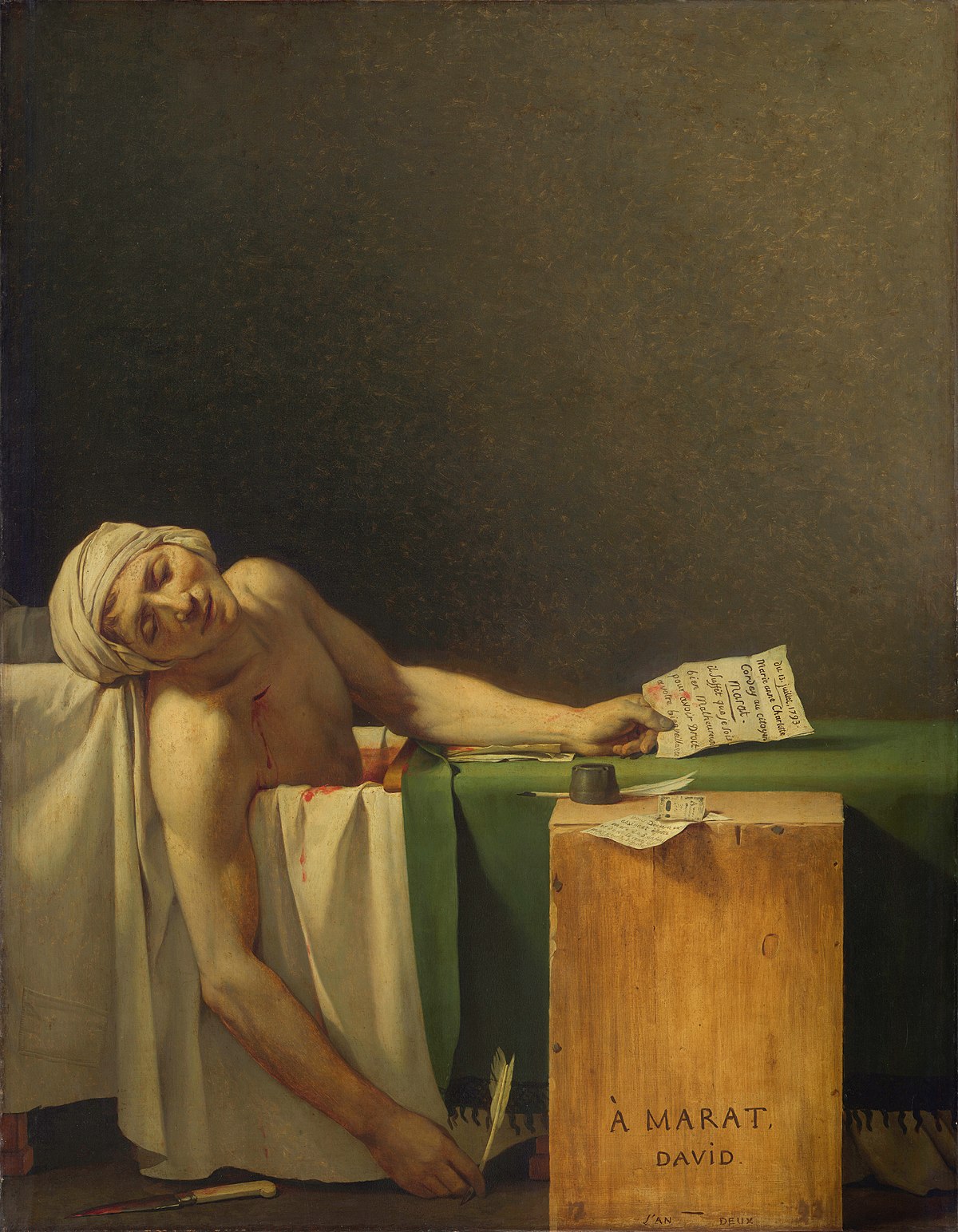
27
New cards
David, The Intervention of the Sabine Women
* 1799
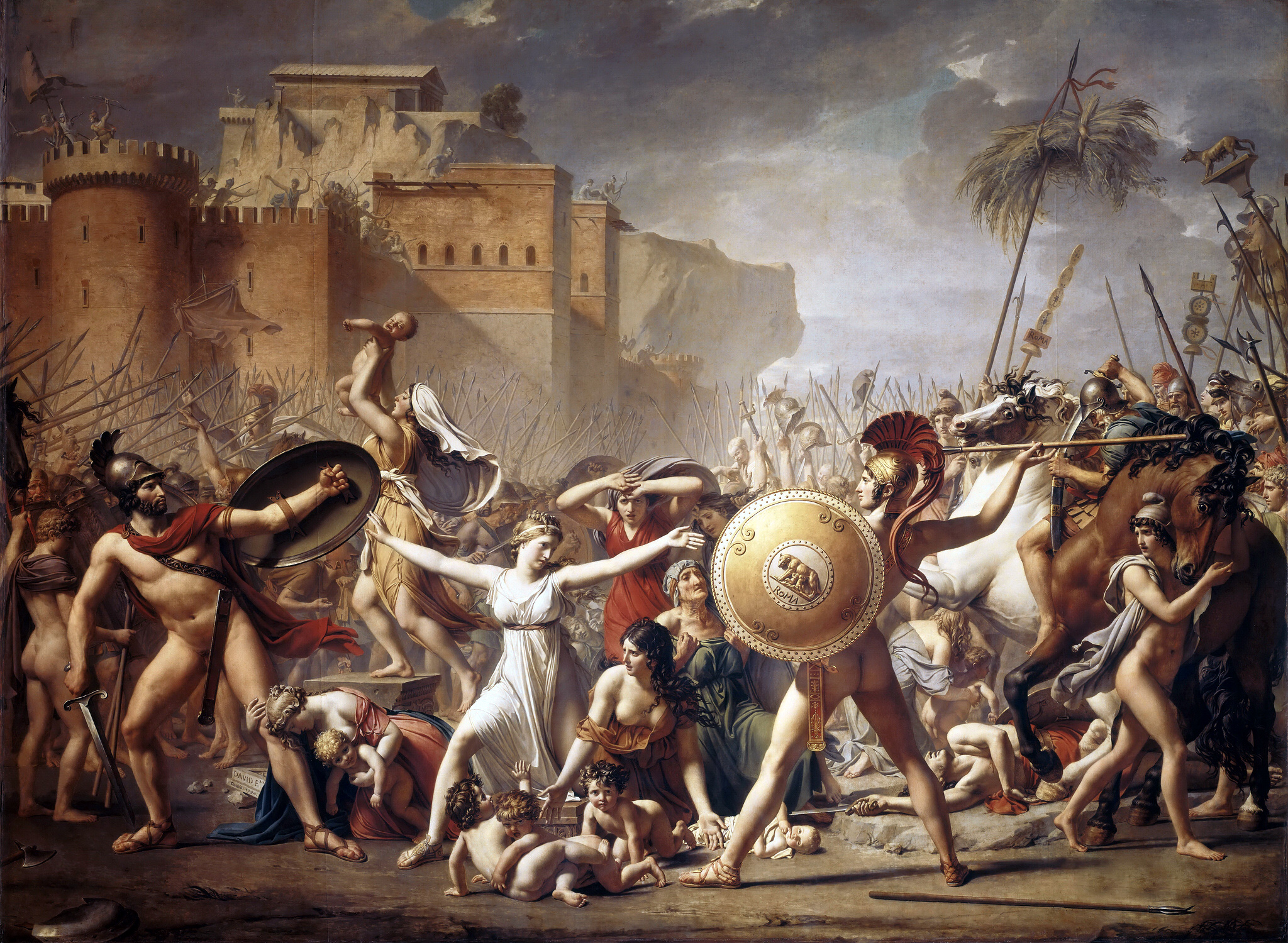
28
New cards
Ingres, Raphael and La Fornarina
* 1813
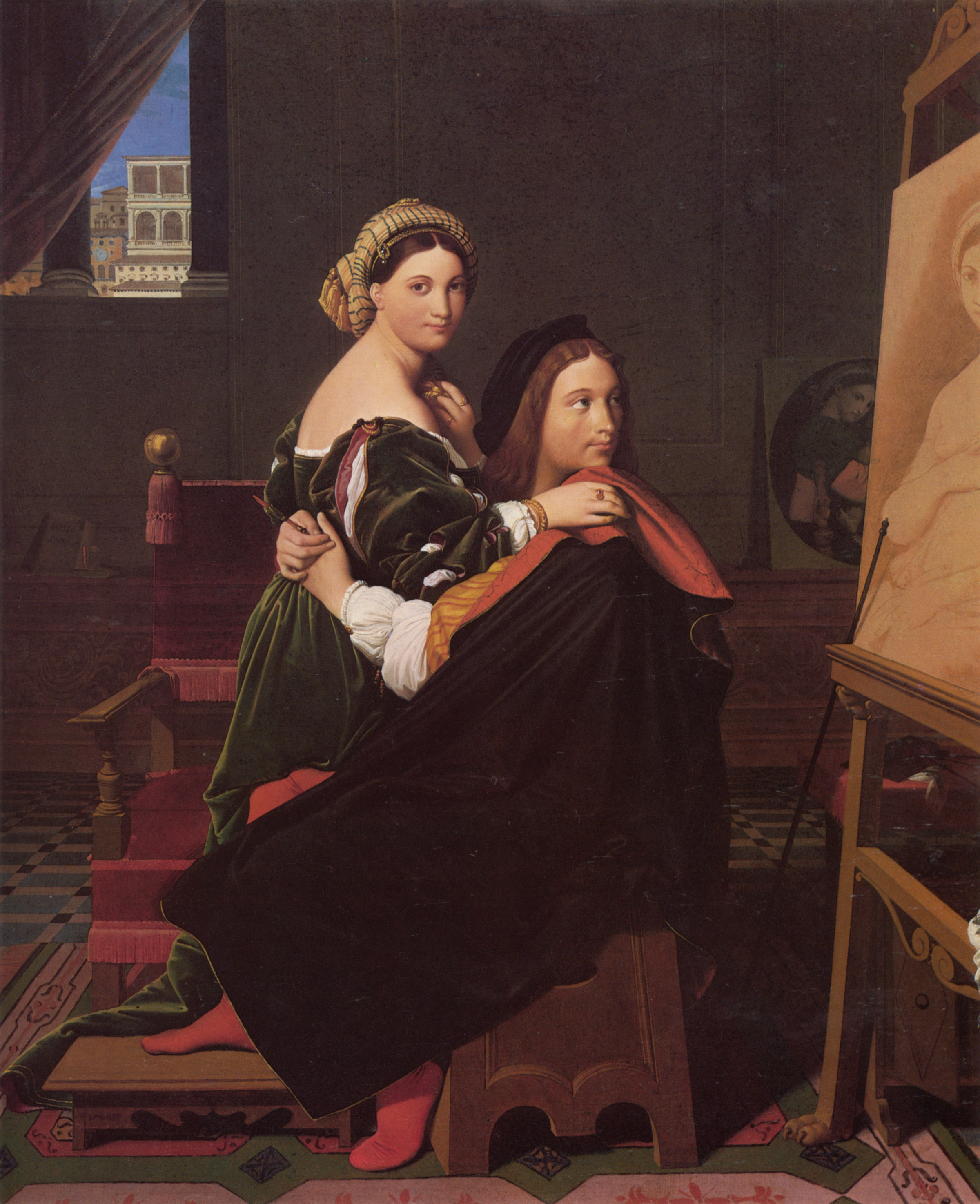
29
New cards
Ingres, Grande Odalisque
* 1814

30
New cards
Goya, The Third of May
* 1808
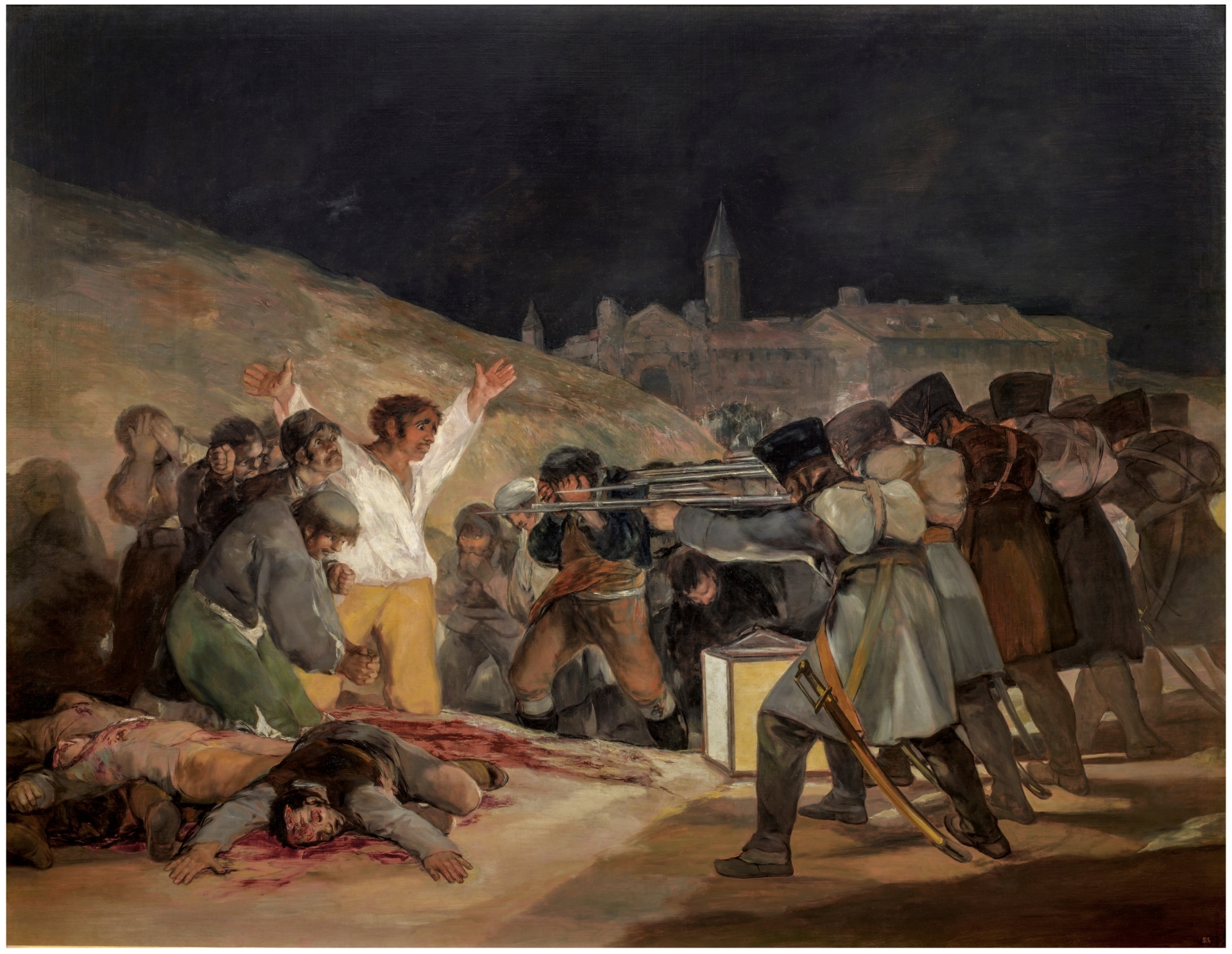
31
New cards
Delacroix, Liberty Leading the People
* 1830
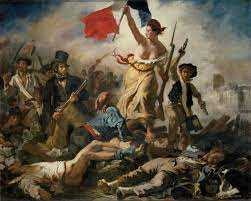
32
New cards
Gericault, Raft of the Medusa
* 1818-19
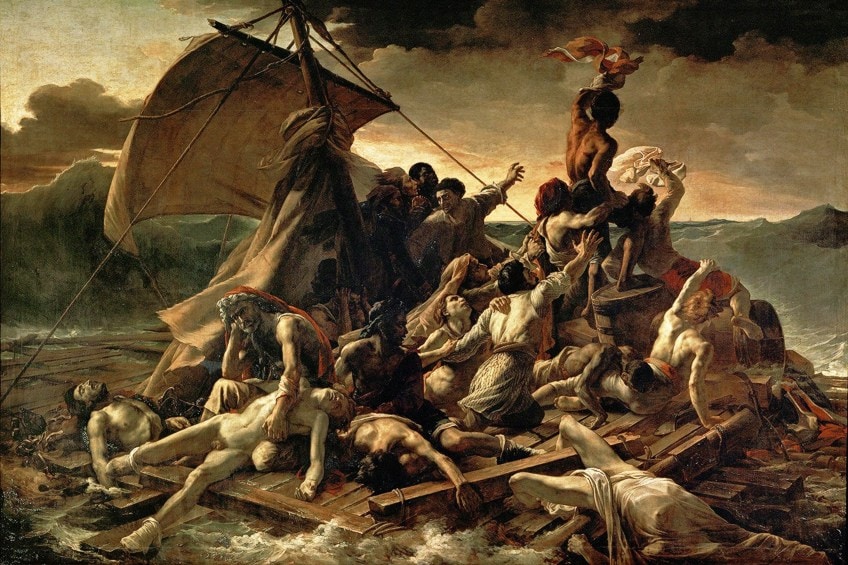
33
New cards
Manet, A Bar at the Folies-Bergere
* 1882

34
New cards
Manet, Olympia
* 1863
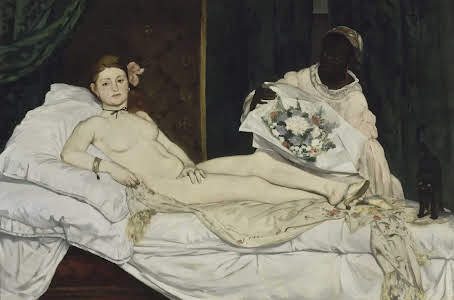
35
New cards
Manet, Luncheon on the Grass
* 1862-63
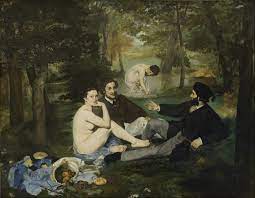
36
New cards
Seurat, Sunday Afternoon on the Island of La Grande Jatte
* 1884-86
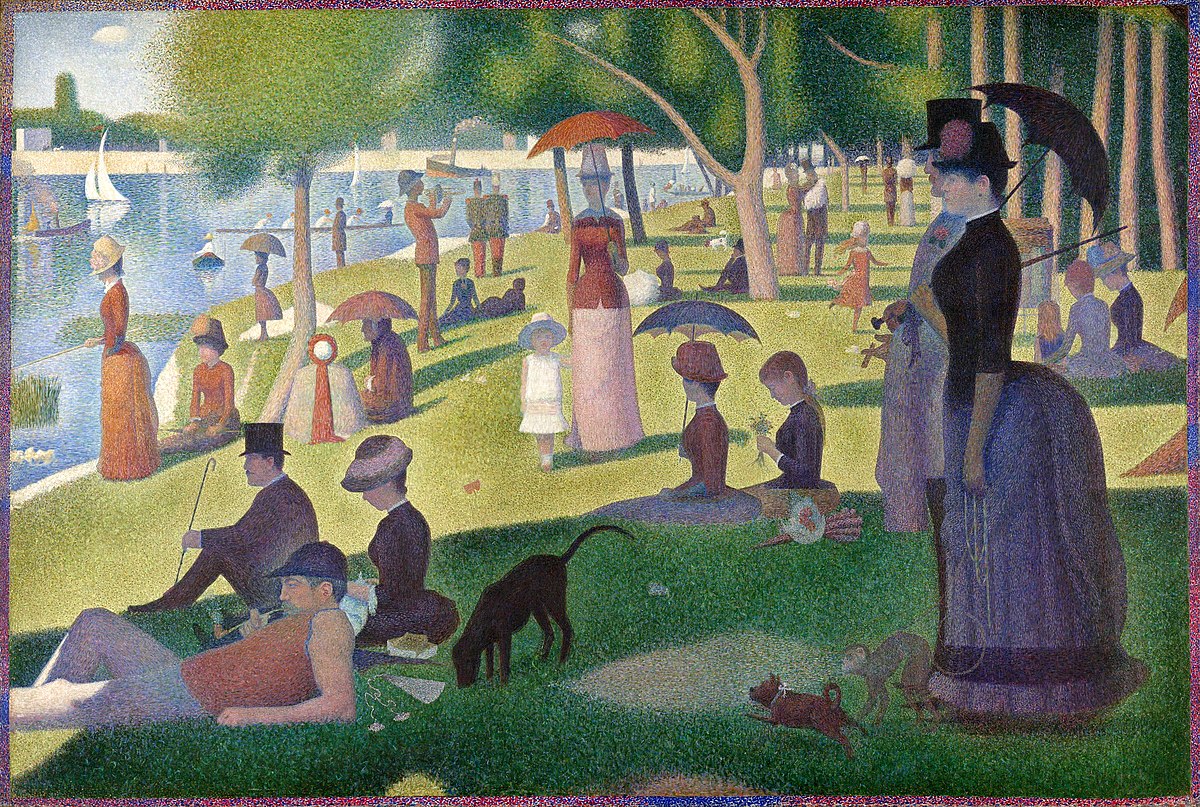
37
New cards
Monet, Water Lilies
* 1920
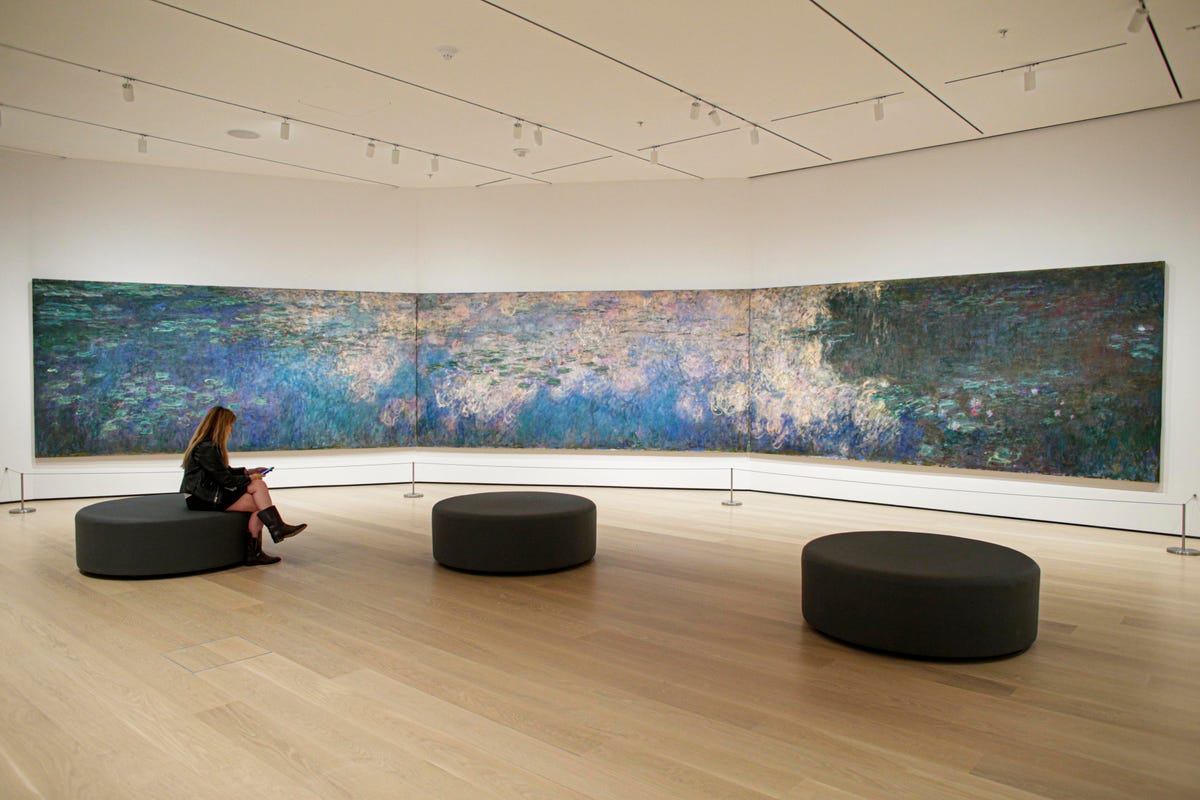
38
New cards
Monet, Cliff Walk at Pourville
* 1882
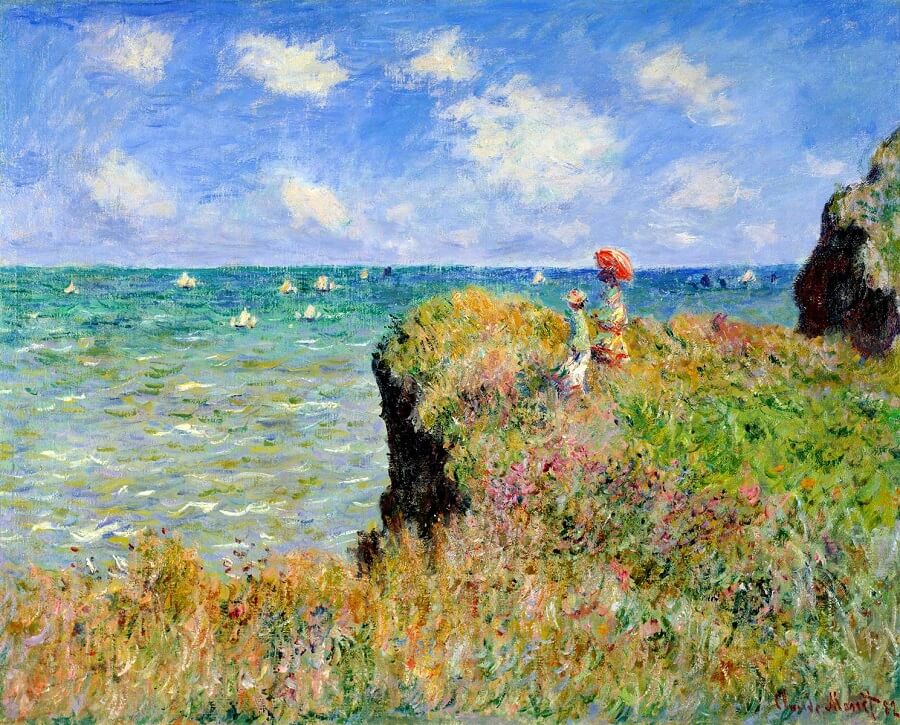
39
New cards
Degas, The Dance Class
* 1874
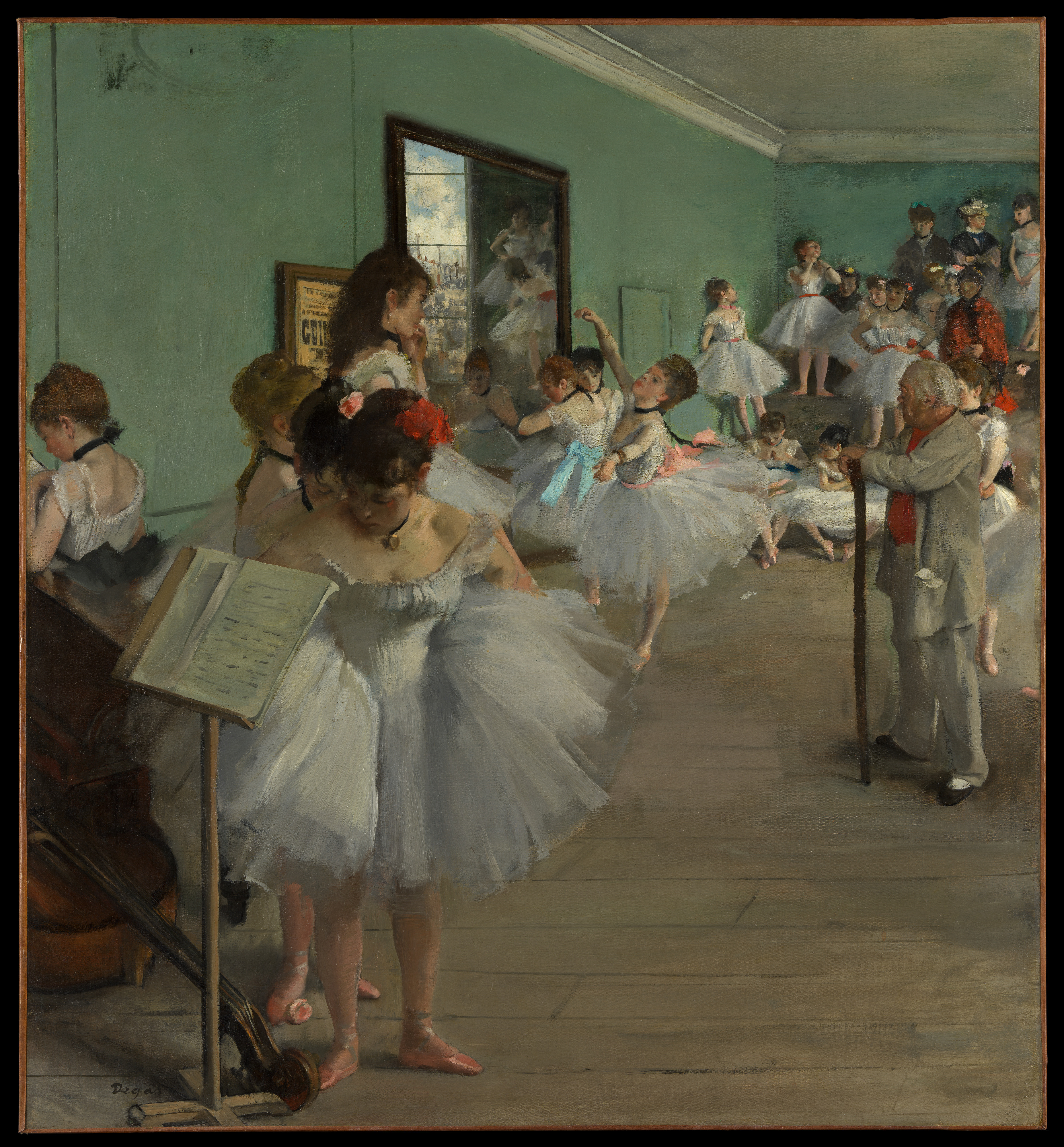
40
New cards
Renoir, The Swing
* 1876
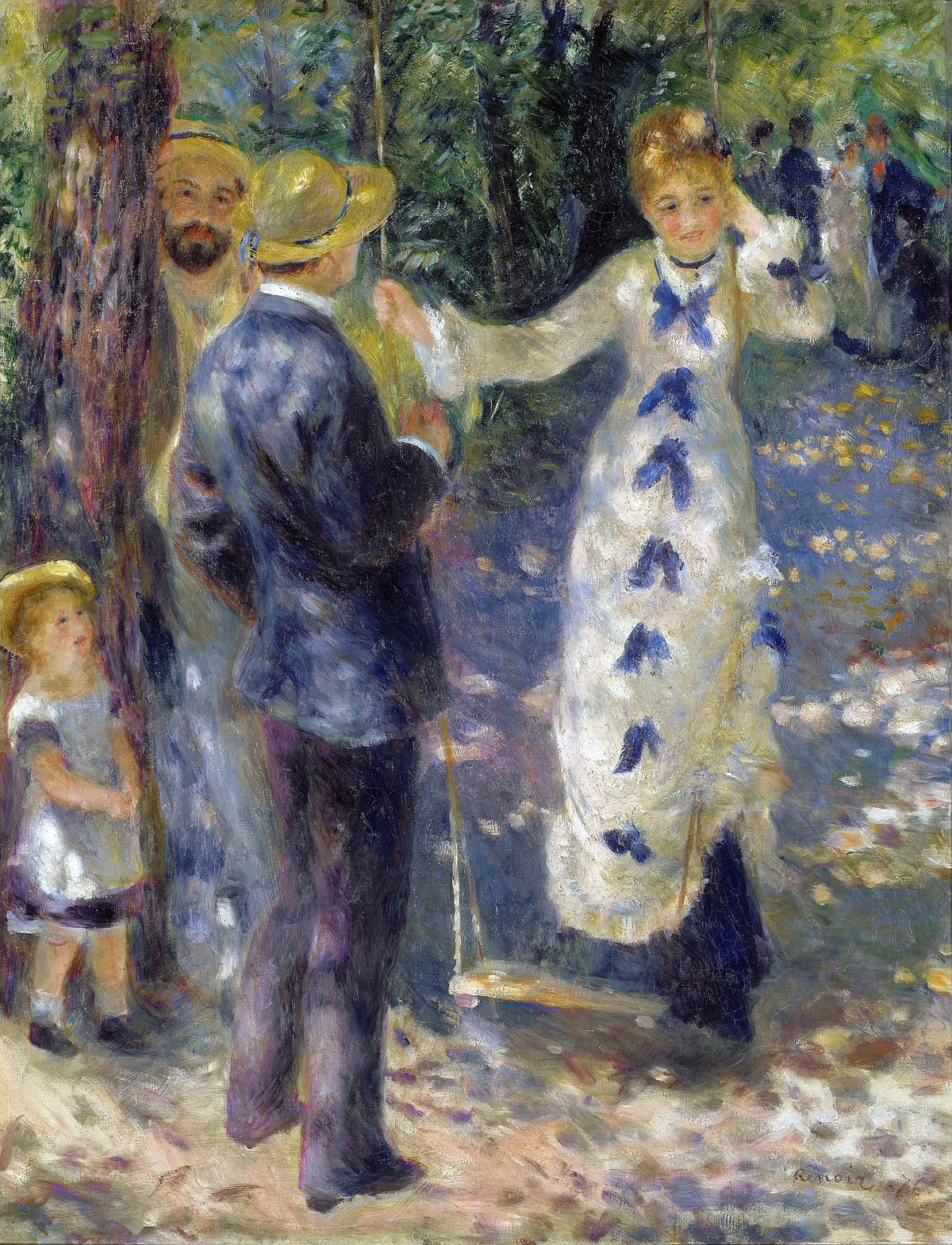
41
New cards
Renoir
* Famous for his dappled light technique: he would apply a base colour, followed by dabbing a complementary colour on top
* Also famous for painting social settings
* Also famous for painting social settings
42
New cards
Renoir, The Luncheon of the Boating Party
* 1881
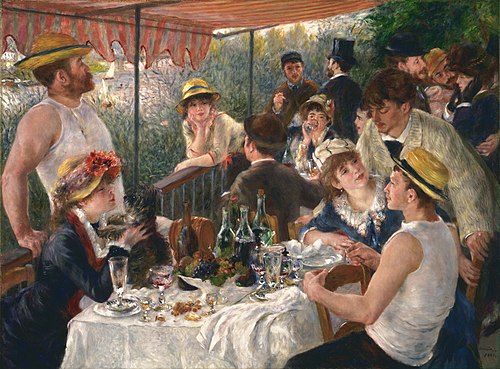
43
New cards
Mary Cassatt
* Impressionist
* American painter and printmaker
* Lived much of her adult life in France, where she befriended Edgar Degas and exhibited with the Impressionists
* Famous for her Impressionist paintings depicting everyday women of the late 19th century
* American painter and printmaker
* Lived much of her adult life in France, where she befriended Edgar Degas and exhibited with the Impressionists
* Famous for her Impressionist paintings depicting everyday women of the late 19th century
44
New cards
Van Gogh, The Bedroom
* 1888
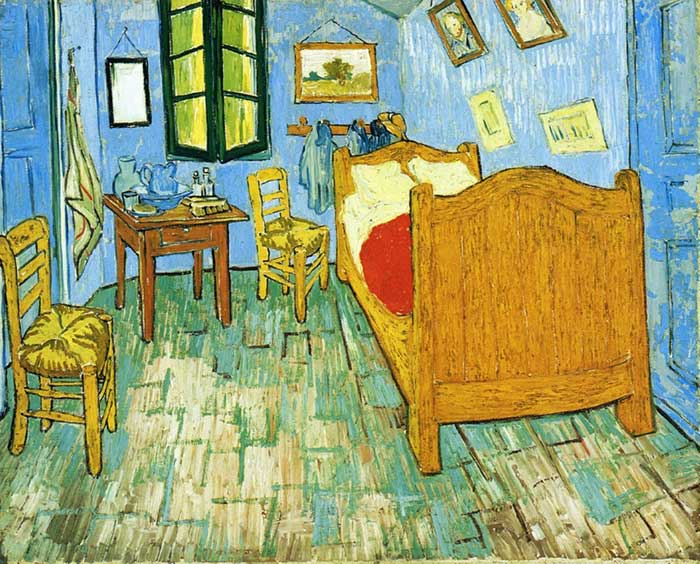
45
New cards
Toulouse-Lautrec, At the Moulin Rouge
* Between 1892 and 1895
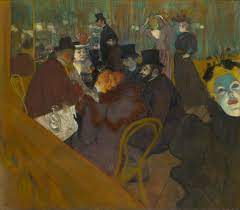
46
New cards
Matisse, The Red Room
* 1908
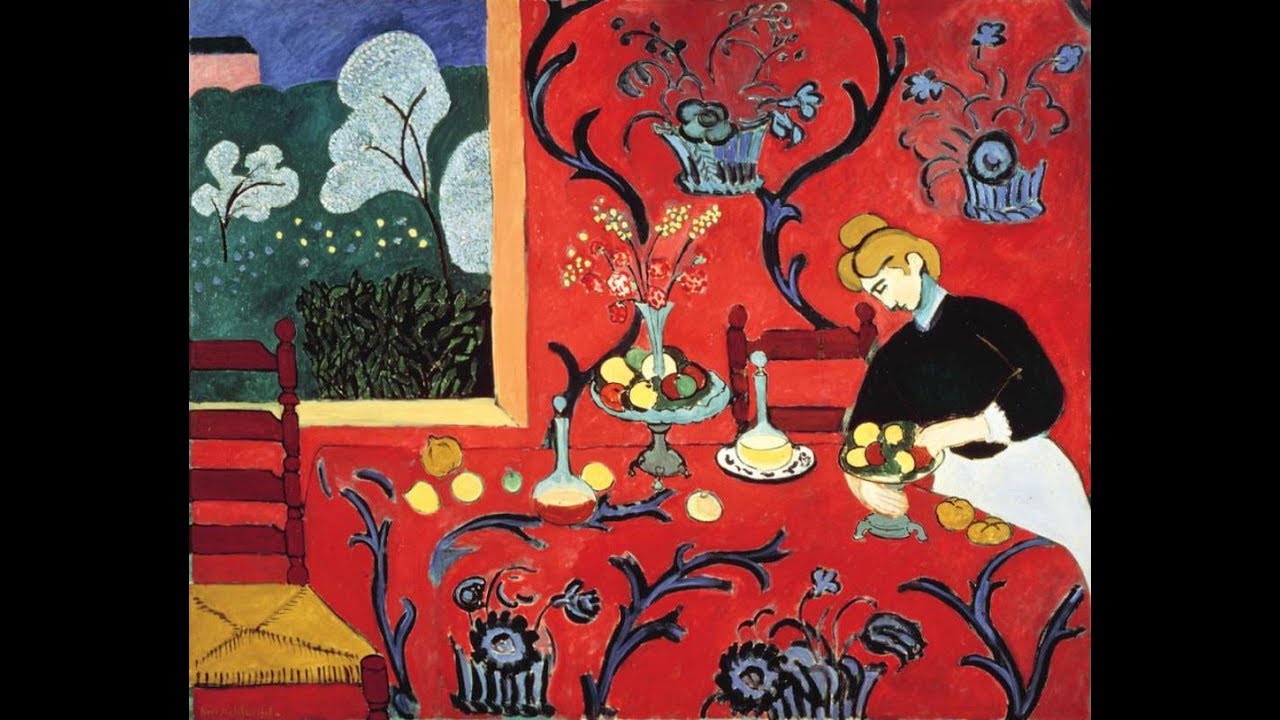
47
New cards
Matisse, The Swimming Pool
* 1952
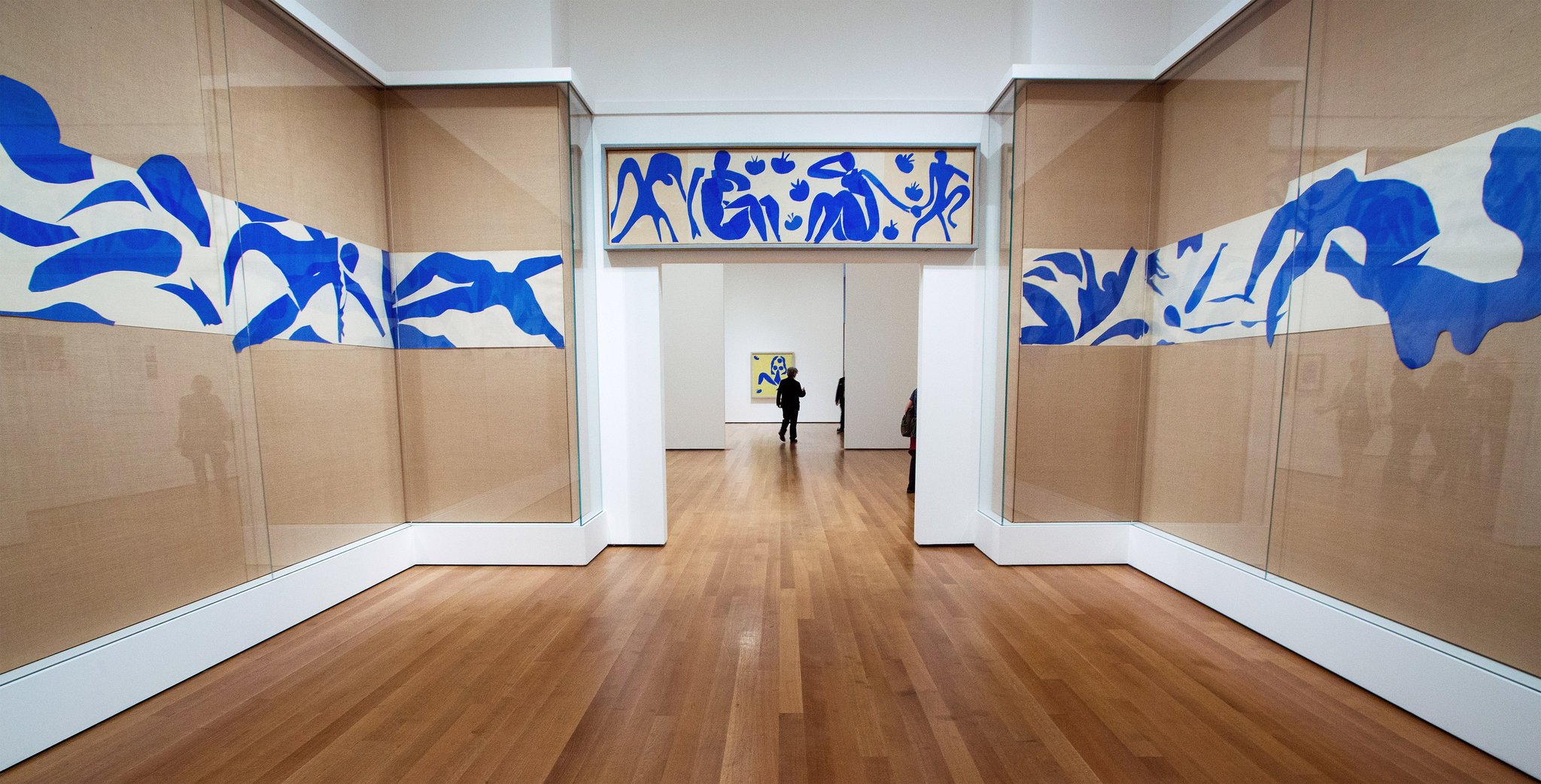
48
New cards
Henri Matisse
* French painter, draughtsman, printmaker, sculptor
* Co-founder of the Fauvism art style, one of the most influential painters of the twentieth century
* Created art throughout the most decades (him and Picasso)
* At the end of his life, he was medically unwell → he created paper cutouts with an assistant who placed them down
* Co-founder of the Fauvism art style, one of the most influential painters of the twentieth century
* Created art throughout the most decades (him and Picasso)
* At the end of his life, he was medically unwell → he created paper cutouts with an assistant who placed them down
49
New cards
Cezanne, Bathers
* 1906
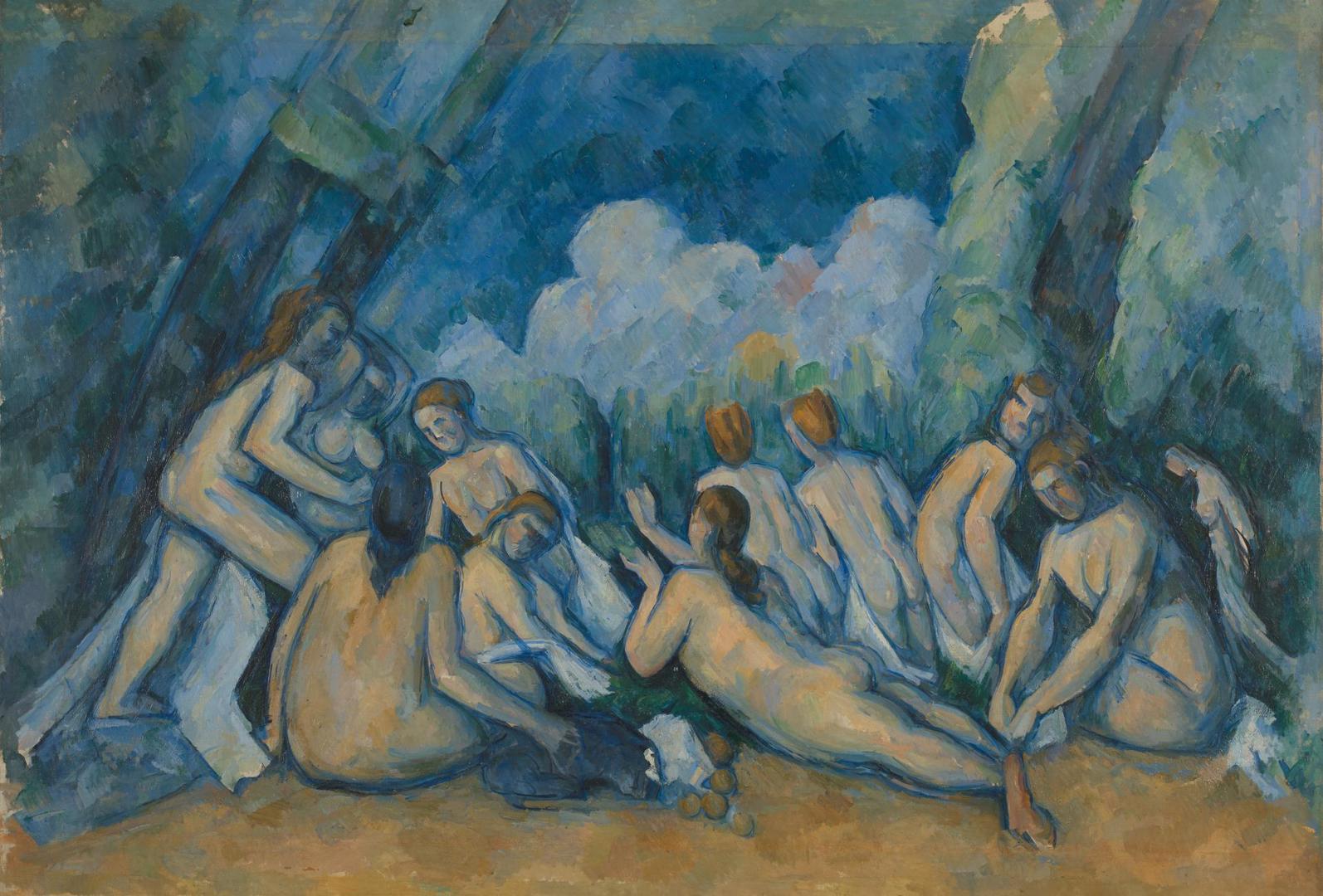
50
New cards
Picasso, Les Demoiselles d’Avignon
* 1907
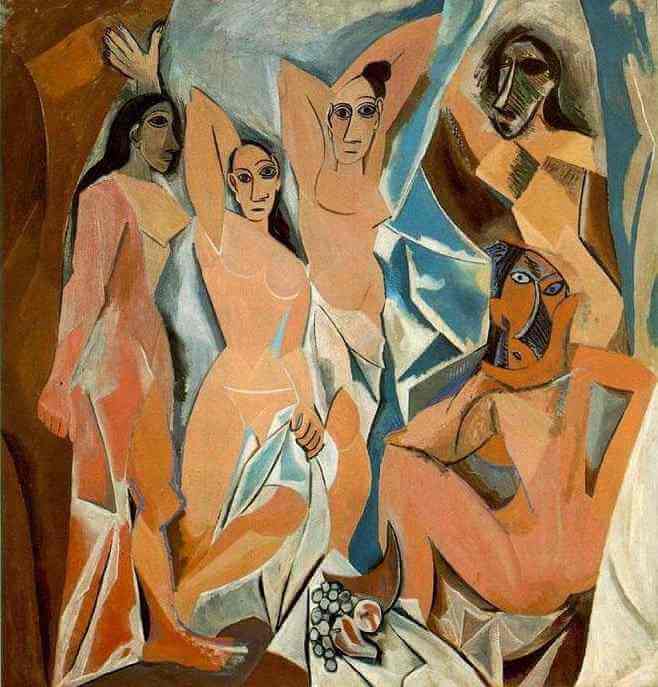
51
New cards
Picasso, Girl Before A Mirror
* 1932
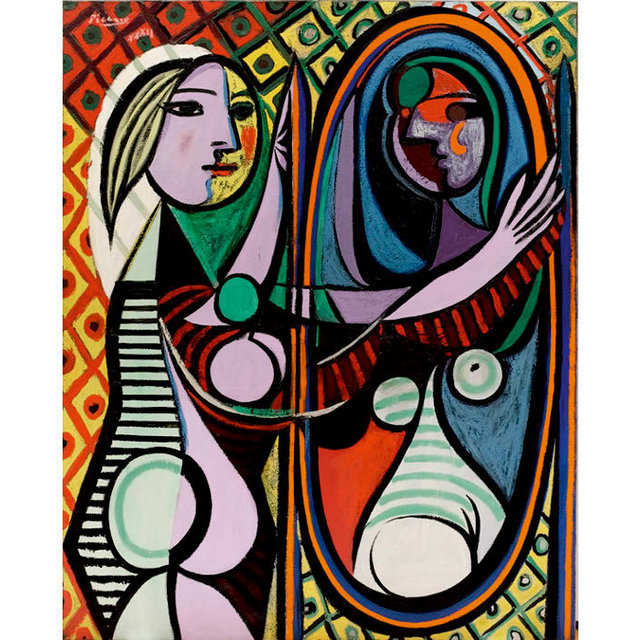
52
New cards
Picasso, Guernica
* 1937
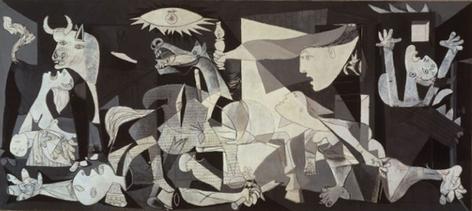
53
New cards
Warhol, Campbell’s Soup Cans
* 1962
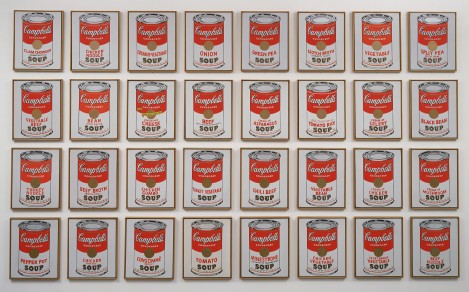
54
New cards
Warhol, The Gold Marilyn
* 1962
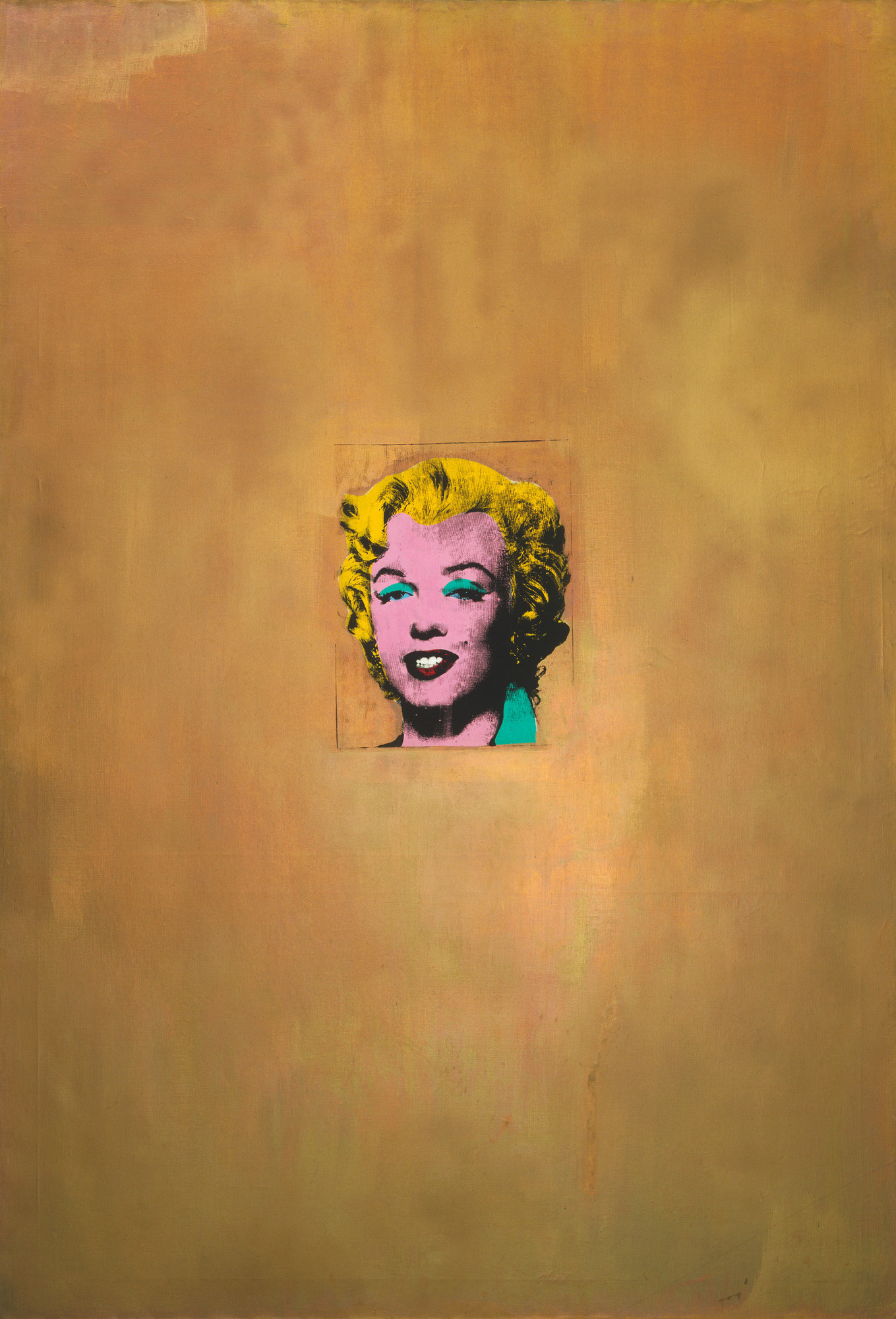
55
New cards
Theaster Gates
* A potter by training and a social activist by calling
* Transformed abandoned buildings to create community hubs in Chicago that connect and inspire those who still live there (and draw in those who don't) - a "miniature Versailles"
* Fervent belief that culture can be a catalyst for social transformation in any city, anywhere
* Created the Rebuild Foundation
\
Notable works: Civil Tapestry series, Black Vessel for a Saint, community hubs
* Transformed abandoned buildings to create community hubs in Chicago that connect and inspire those who still live there (and draw in those who don't) - a "miniature Versailles"
* Fervent belief that culture can be a catalyst for social transformation in any city, anywhere
* Created the Rebuild Foundation
\
Notable works: Civil Tapestry series, Black Vessel for a Saint, community hubs
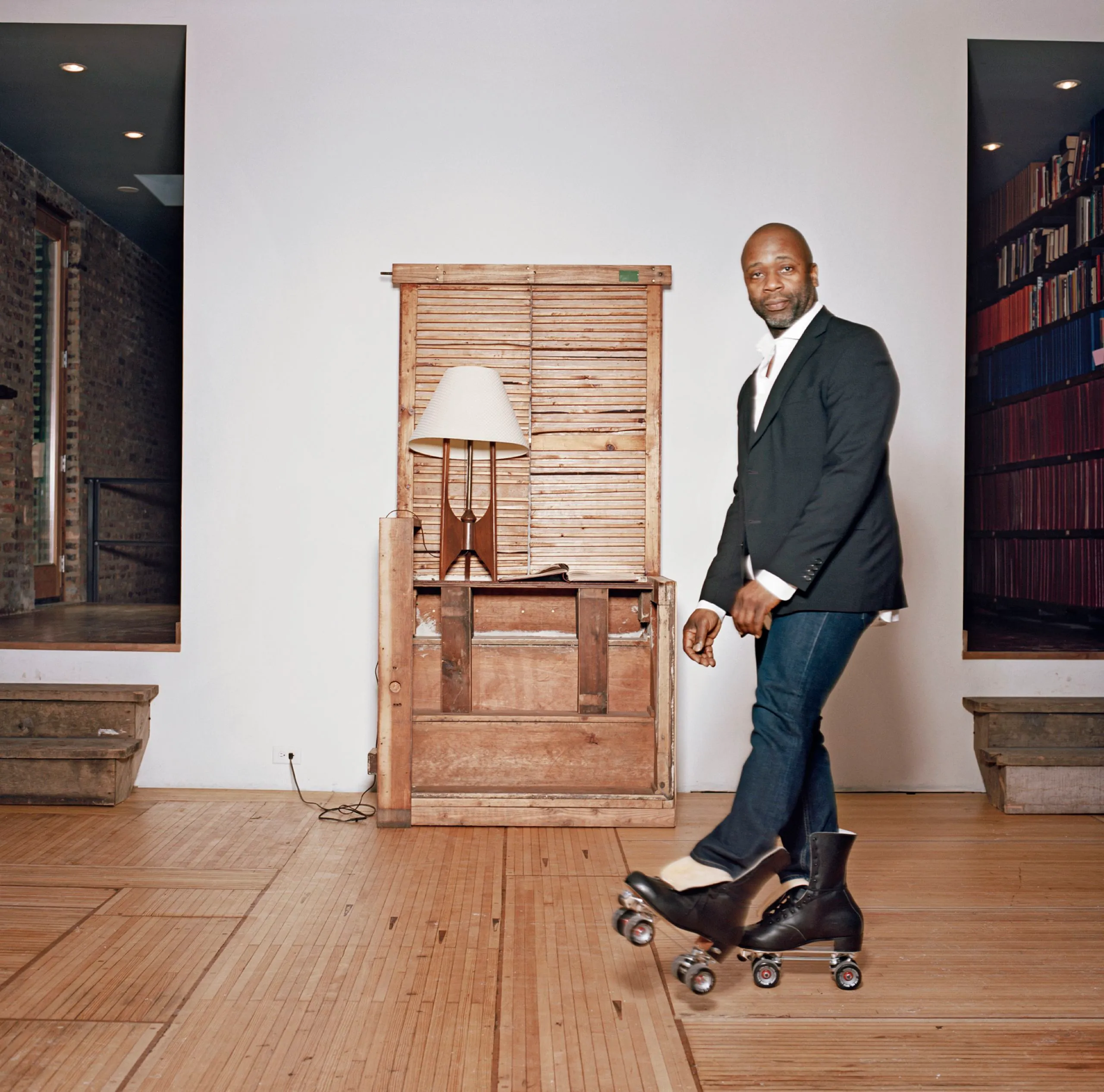
56
New cards
Yayoi Kusama
* Japanese contemporary artist who works primarily in sculpture - and installation, and is also active in painting, performance, video art, fashion, poetry, fiction, and other arts
* Based in conceptual art and shows some attributes of feminism, minimalism, surrealism, Art Brut, pop art, and abstract expressionism.
* Works with lots of polka dots, themes of infinity and self-obliteration
\
Notable works: Infinity Mirror Rooms
* Based in conceptual art and shows some attributes of feminism, minimalism, surrealism, Art Brut, pop art, and abstract expressionism.
* Works with lots of polka dots, themes of infinity and self-obliteration
\
Notable works: Infinity Mirror Rooms
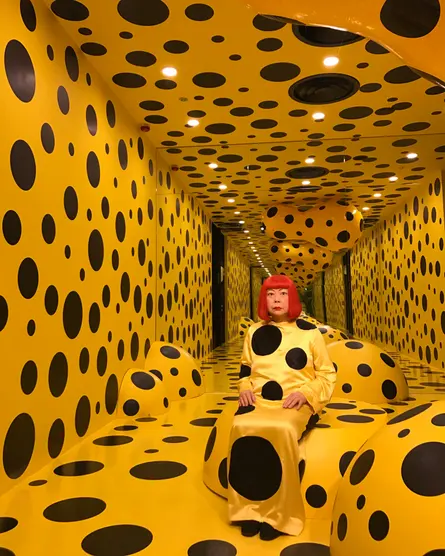
57
New cards
Ai WeiWei
* Chinese artist and activist who produces a multifaceted array of creative work, including sculptural installations, architectural projects, photographs, and videos
* Triggered various forms of repression from Chinese authorities.
\
Notable works: Sunflower Seeds, Ghost Gu, Han Jar Overpainted with Coca-Cola Logo
* Triggered various forms of repression from Chinese authorities.
\
Notable works: Sunflower Seeds, Ghost Gu, Han Jar Overpainted with Coca-Cola Logo

58
New cards
Takashi Murakami
* Japanese contemporary artist, works in fine arts media (such as painting and sculpture) as well as commercial (such as fashion, merchandise, and animation)
* Known for blurring the line between high and low arts as well as co aesthetic characteristics of the Japanese artistic tradition and the nature of postwar Japanese culture
* Founder and President of Kaikai Kiki Co., Ltd.
* Encompasses a wide range of media and is generally described as superflat
* Noted for use of color, incorporation of motifs from Japanese traditional + pop culture, flat/glossy surfaces, and content that could be described at once as "cute", "psychedelic", or "satirical"
\
Notable works: Take My Lonesome Cowboy
* Known for blurring the line between high and low arts as well as co aesthetic characteristics of the Japanese artistic tradition and the nature of postwar Japanese culture
* Founder and President of Kaikai Kiki Co., Ltd.
* Encompasses a wide range of media and is generally described as superflat
* Noted for use of color, incorporation of motifs from Japanese traditional + pop culture, flat/glossy surfaces, and content that could be described at once as "cute", "psychedelic", or "satirical"
\
Notable works: Take My Lonesome Cowboy
